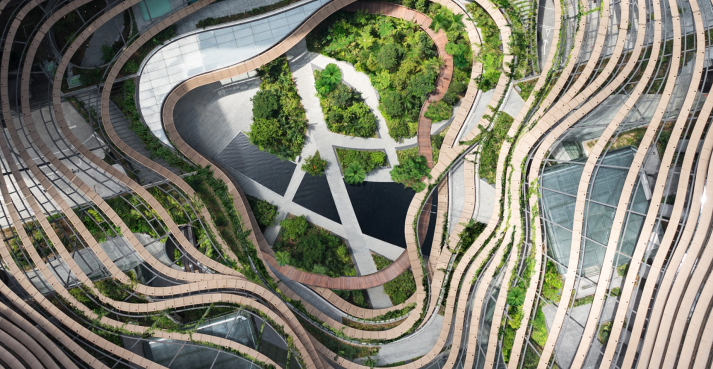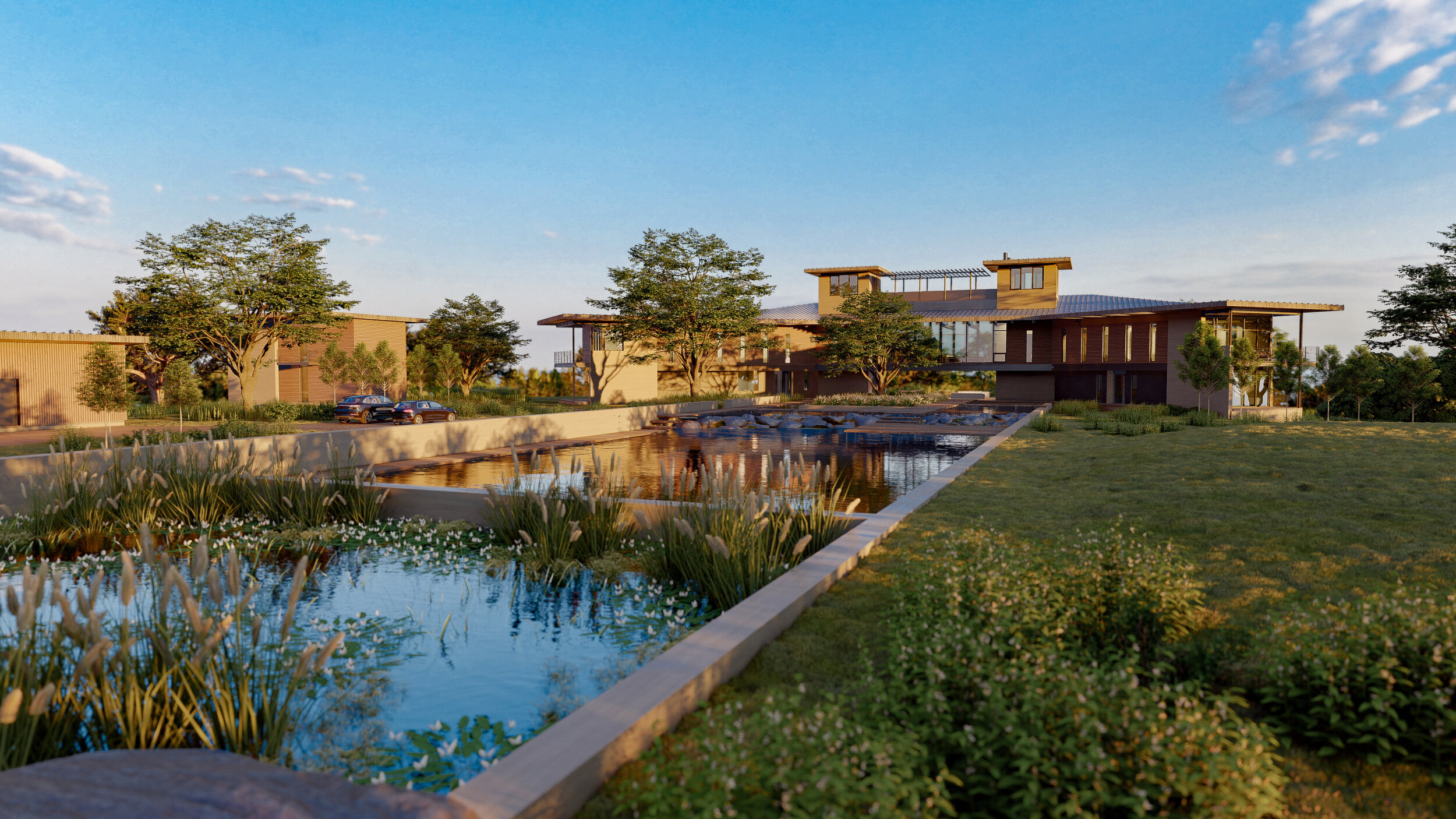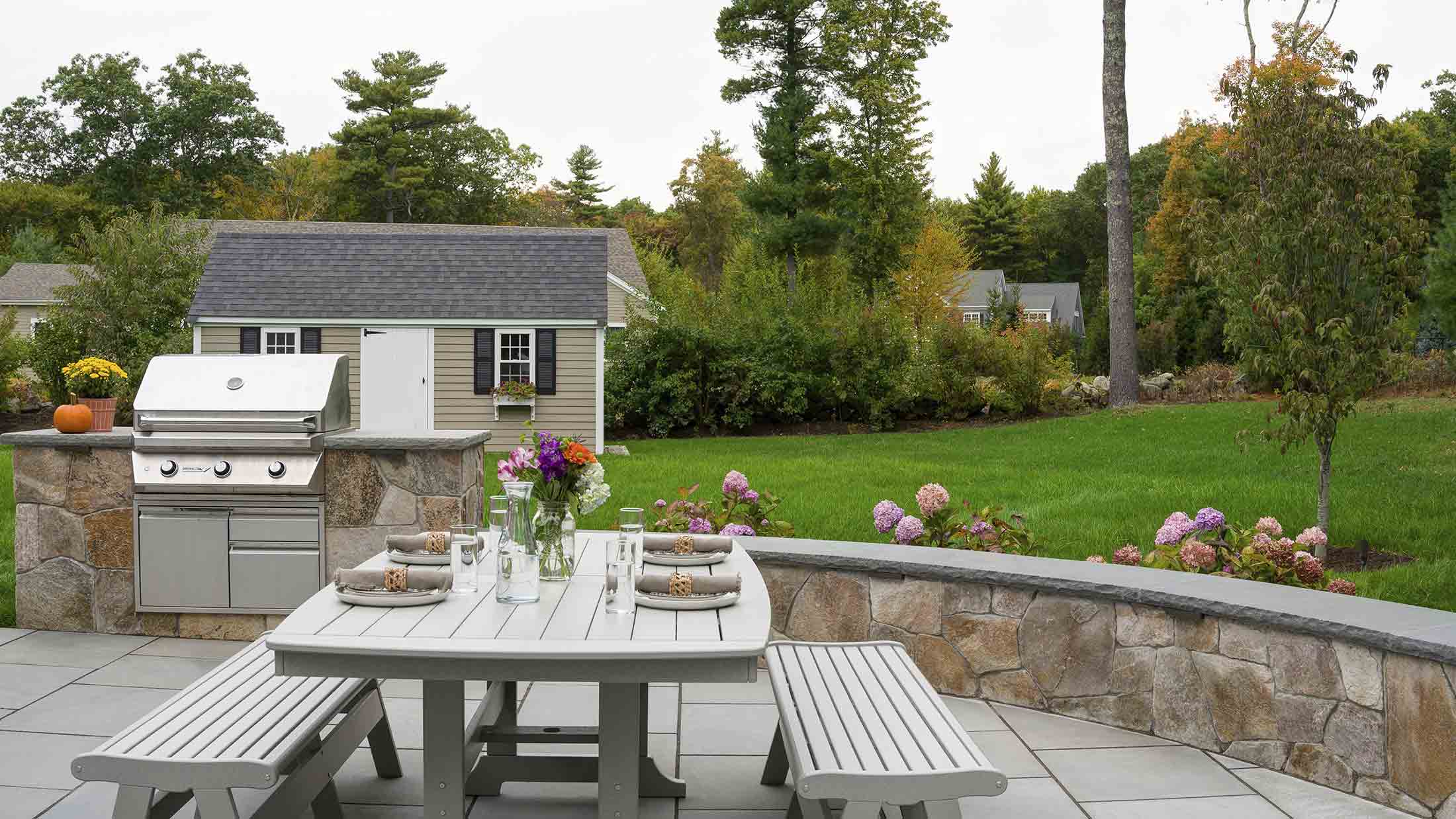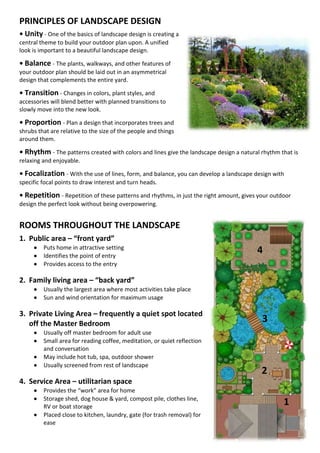Little Known Facts About Landscape Design.
Little Known Facts About Landscape Design.
Blog Article
The 8-Second Trick For Landscape Design
Table of ContentsGetting The Landscape Design To WorkThe 7-Minute Rule for Landscape DesignThe Ultimate Guide To Landscape DesignExcitement About Landscape Design
When developing a residential landscape, one of the most vital step is to put a strategy on paper. Developing a master strategy will certainly conserve you money and time and is most likely to result in a successful style. Landscape Design. A master plan is created through the 'design process': a step-by-step method that takes into consideration the ecological problems, your needs, and the elements and principles of designThe five steps of the design process consist of: 1) performing a website stock and analysis, 2) determining your demands, 3) producing functional diagrams, 4) establishing theoretical style strategies, and 5) attracting a final design strategy. The initial 3 actions develop the visual, functional, and horticultural needs for the layout. The last 2 actions after that use those demands to the development of the last landscape strategy.
This is a crucial step for both plant choice and positioning and situating family members tasks and functions. It's crucial due to the fact that the very same climate problems that influence the plantstemperature, moisture, rain, wind, and sunlightalso affect you, the user. The next action is to make a checklist of your requirements and desiresthis aids you determine just how your backyard and landscape will be used.
The functional diagram is after that utilized to situate the task areas on the site and from this representation a theoretical plan is created - Landscape Design. The last step is a final design that consists of all the hardscape and growing details that are required for installment. Throughout the layout procedure there are ten important things to think about: for plant choice and task place by considering what you want and require to help identify forms and arrange spaces by designating activity locations and relating to aspects for both the environment and the user by using massing and layering techniques such as change areas and prime focus in the materials, the shades, and the surface area textures for the growth and maintenance of plants by making use of sustainable style techniques A thorough stock and evaluation of the website is necessary to determine the ecological problems for plant growth and the ideal use the site
Landscape Design for Beginners
The sort of dirt identifies the nutrients and dampness available to the plants. It is always best to make use of plants that will certainly grow in the existing dirt. Although dirt can be amended, change is commonly expensive and many times ineffective. Existing plants can give clues to the dirt kind. Where plants grow well, keep in mind the soil conditions and make use of plants with comparable expanding demands.

Sun/shade patterns, the amount and length of direct exposure to sunlight or color (Number 1), produce microclimates (occasionally called microhabitats). Recording website problems and existing plants on a base map will certainly reveal the area of microclimates in the lawn. Plants normally fall under one or two of four microclimate categories-full sunlight, partial shade, color, and deep shade.
Figure 1. Sunlight and color patterns. Credit Rating: Gail Hansen, UF/IFAS It is important to note all the current conditions on an accurate base map when doing the site supply (Figure 2). Landscape Design. Energies such as high-voltage line, sewage-disposal tanks, below ground utilities and official site roofing system overhangs identify plant place. Use a surveyor's plat of your residential or commercial property for the boundaries and location of your home.
The Of Landscape Design
Establish the time and cash you are prepared to put into maintaining the plants and hardscape-be practical regarding your purposes and capacity. Suggested use locations. Credit: Gail Hansen, UF/IFAS There are many various landscape style themes- from straightforward to facility, however it is practical to pick one to lead your plant and material selection.

Choose if you desire to open your lawn, shut your lawn, or a little of both, to these sights. Simply put, do you desire the garden to enclose the room around you and relate mostly to your home, or do you want the yard to open sights and look outside, connecting to the surroundings? This will provide you a beginning indicate consider a my review here style.
The Facts About Landscape Design Uncovered

This is called "local color", which implies it fits with the surroundings. There are both type styles and design motifs. Every garden needs to have a kind style, but not all gardens have a style theme. Numerous household gardens have no specific design except to blend with the residence by repeating details from the style such as materials, color, and kind.
In a kind theme the organization and form of the areas in the yard is based either on the shape of the home, the shape of the areas between your house and the building borders, or a favored form of the home owner. The type theme identifies the shape and company (the design) of the rooms and the web links between them.

Report this page